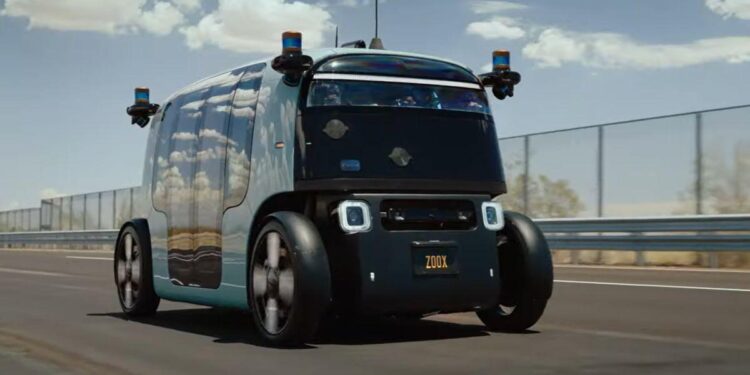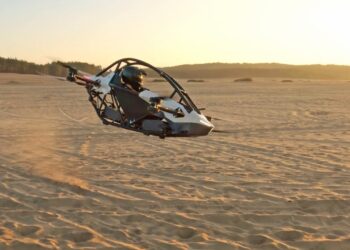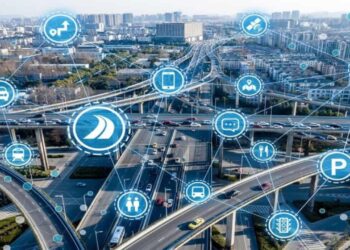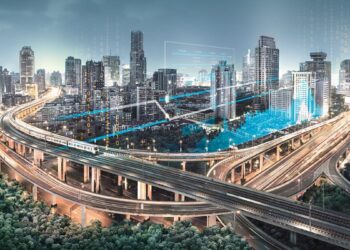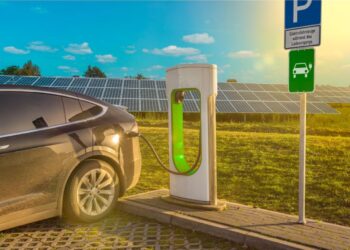The concept of a driverless car has long been a staple of science fiction, a futuristic vision of a world free from the hassles of traffic and the risks of human error. Today, that vision is no longer confined to the big screen. A new era of urban mobility is dawning, one driven by a convergence of artificial intelligence, electric vehicle technology, and a profound shift in how we view transportation. At the heart of this revolution is the robotaxi, a fully autonomous, on-demand, and highly efficient vehicle that is poised to fundamentally change our cities, our economies, and our daily lives. This isn’t just about a new type of vehicle; it’s about a new way of living, where personal transportation is a seamless, safe, and sustainable service, available at the touch of a button.
This comprehensive guide will take a deep dive into the world of robotaxis. We will explore the key technologies that make them possible, the critical milestones that have led to their development, the new business models they are creating, and the significant challenges that must be overcome for them to become a mainstream reality. By the end, you will have a clear understanding of why the robotaxi is not just a technological curiosity but a transformative force that will redefine our urban landscapes and our relationship with the car. The future of transportation is being built one autonomous mile at a time, and its impact will be felt in every city, on every street, and by every commuter who chooses to embrace the ride.
A. The Core Technologies of Robotaxis
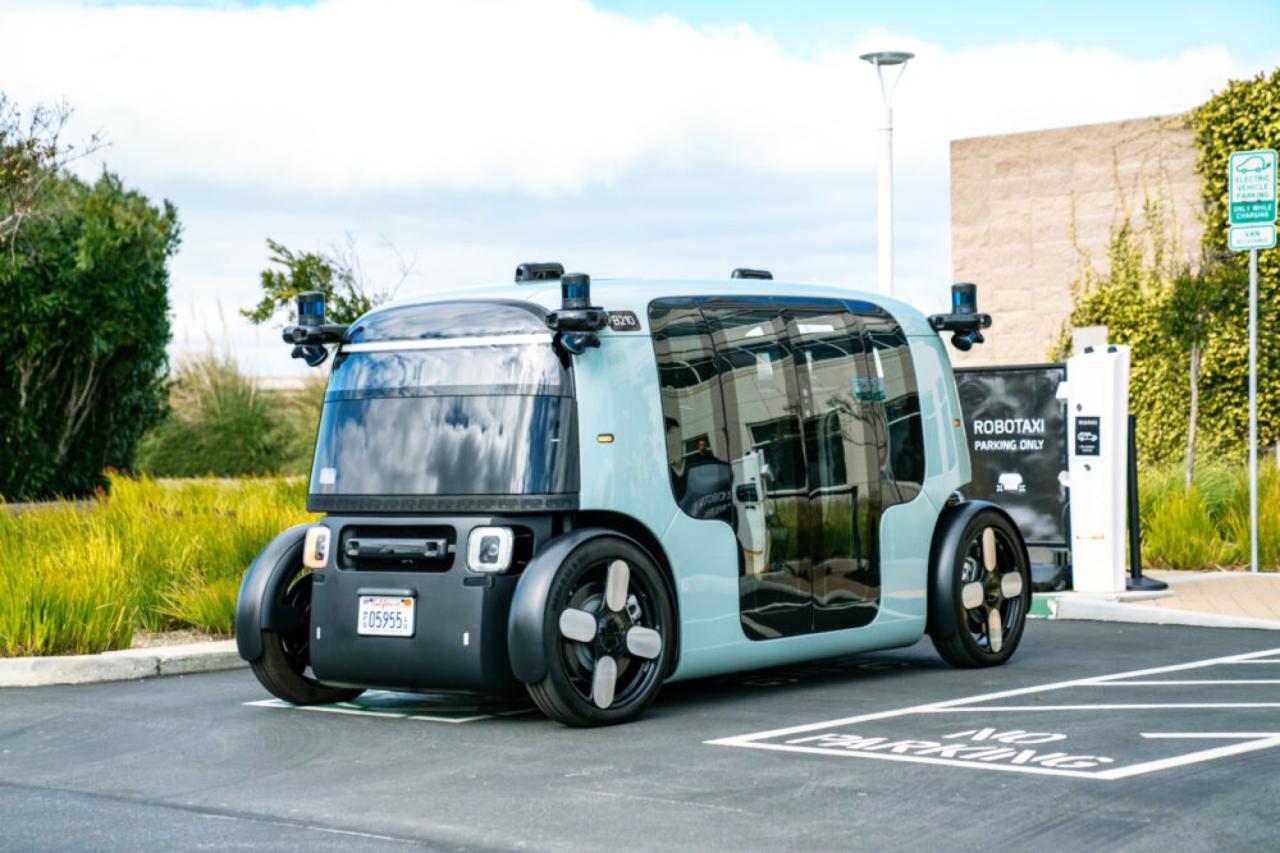
A robotaxi is a complex, integrated system of hardware and software that works in harmony to navigate the world without a human driver. It is the pinnacle of automotive engineering, a testament to the incredible power of artificial intelligence and advanced sensor technology.
- A. The Sensor Suite: A robotaxi “sees” the world around it with a level of detail and accuracy that surpasses human capability. This is made possible by a sophisticated suite of sensors that work together to create a comprehensive, 3D model of the vehicle’s surroundings.
- A. LiDAR (Light Detection and Ranging): LiDAR uses pulses of laser light to create a precise 3D map of the world. It is incredibly accurate and works well in all lighting conditions, making it the most crucial sensor for a robotaxi.
- B. Radar: Radar uses radio waves to detect the speed and distance of objects. It is highly effective at penetrating adverse weather conditions like fog, rain, and snow, providing a critical layer of redundancy.
- C. Cameras: Cameras provide a visual representation of the world, allowing the AI to “see” traffic lights, road signs, and lane markings, just like a human driver. The AI then processes this visual data to identify and classify objects, from pedestrians and cyclists to other vehicles.
- B. The AI Brain: The data collected by the sensors is useless without a brain to process it. This is where AI and machine learning come in. The AI is responsible for the three most critical tasks of a robotaxi:
- A. Perception: The AI uses a deep learning model to process the raw sensor data and create a clear, real-time understanding of the environment. It can distinguish between a human and a fire hydrant, and it can track the movement of every object in the vehicle’s vicinity.
- B. Prediction: Based on the data from the perception system, the AI can predict the likely behavior of other road users. It can anticipate a pedestrian’s movement or a car’s sudden lane change, allowing the robotaxi to make safe, proactive decisions.
- C. Planning and Control: The AI uses all this data to make a plan for the car—where to steer, when to brake, and how to accelerate—and then executes that plan with a level of precision that a human driver cannot match.
- C. High-Definition Mapping: A robotaxi relies on incredibly detailed, high-definition maps that are far more precise than a standard GPS map. These maps, which include every road marking, traffic light, and curb, provide a critical layer of redundancy and help the robotaxi pinpoint its exact location with centimeter-level accuracy. The development and continuous updating of these maps are a major ongoing milestone for the industry.
B. The Business Model Revolution
Robotaxis are not just about a new type of vehicle; they are about a new business model that is fundamentally changing how we pay for and use transportation. The model is a shift from owning an asset to accessing a service on demand.
- A. The On-Demand Service: The robotaxi model is built around an on-demand service, similar to a ride-hailing app today. You will use a smartphone app to hail a robotaxi, and it will pick you up and take you to your destination, all without a human driver. The cost per mile is expected to be significantly lower than a human-driven taxi, making it a more affordable and attractive alternative.
- B. The Fleet Economy: The robotaxi model is a fleet economy. A company will own and manage a fleet of autonomous vehicles. They will be responsible for the maintenance, charging, and cleaning of the vehicles, ensuring that they are always ready to pick up the next passenger. This model is incredibly efficient, as the vehicles can operate 24/7 without the need for a driver.
- C. The Vehicle-as-a-Service (VaaS) Model: The robotaxi model is a prime example of a VaaS model. The car is no longer a product that you own; it is a service that you subscribe to or access on demand. This model is a direct competitor to private car ownership, as it offers all the benefits of a vehicle without the financial burden and hassle of ownership, including insurance, maintenance, and parking.
- D. Monetization Beyond the Ride: The robotaxi is a data-generating machine, and the data it collects is a valuable asset. This data can be anonymized and used to improve the service, optimize routes, and even provide valuable insights to city planners. The robotaxi itself can also become a new advertising platform, with screens inside the cabin that can provide personalized content and ads to the passenger.
C. The Impact on Urban Life and Society
The rise of robotaxis will have a profound and far-reaching impact on our cities and our daily lives. They are not just a new mode of transport; they are a transformative force that will change how we live, work, and play.
- A. Eliminating Human Error: Human error is the cause of over 90% of all car accidents. Robotaxis, with their ability to see in 360 degrees and react in a fraction of a second, have the potential to make our roads significantly safer. This will save countless lives and reduce the economic cost of accidents.
- B. Reducing Urban Congestion: A fleet of robotaxis is much more efficient than a fleet of private cars. They can be coordinated to reduce traffic jams, they don’t need to circle for parking, and they can be dispatched to areas where demand is high, ensuring that there are always enough vehicles to meet the need. This will free up vast amounts of urban space that is currently dedicated to parking lots and wide roads, allowing for more green spaces and pedestrian-friendly areas.
- C. Enhanced Mobility for Everyone: Robotaxis will provide a new level of mobility for people who cannot drive, including the elderly, the disabled, and those who cannot afford a private car. This will create a more equitable and accessible society, where everyone has the freedom to move around their city safely and affordably.
- D. The Urban Labor Market: The widespread adoption of robotaxis will lead to significant job displacement for professional drivers in the taxi, ride-hailing, and trucking industries. This is a major societal challenge that policymakers must prepare for. The new jobs that will be created, such as those in vehicle maintenance and fleet management, will require a different set of skills.
D. Challenges and The Road Ahead

Despite the incredible potential of robotaxis, they face significant challenges that must be overcome for them to become a mainstream reality. These are not just technological problems but profound ethical, societal, and regulatory hurdles.
- A. The Regulatory Hurdle: The current regulatory framework for transportation was not designed for a world with driverless cars. Governments are grappling with complex questions about liability in the event of an accident, the licensing of autonomous vehicles, and the regulations for their operation in different environments. Establishing a clear and consistent legal framework is a critical milestone that will unlock the widespread deployment of these vehicles.
- B. Public Trust and Acceptance: The public must feel safe and comfortable sharing the road with self-driving cars. Every accident involving a robotaxi, no matter how minor, makes headlines and erodes public trust. Building this trust will require a sustained record of safety, transparency from the companies that operate them, and a comprehensive public education campaign.
- C. Cybersecurity: A robotaxi is a highly connected computer, making it a potential target for hackers. A cyberattack on a robotaxi could be used to disrupt the service, steal personal data, or even cause a physical crash. Ensuring robust cybersecurity is a non-negotiable requirement for the future of robotaxis.
- D. The Weather Problem: While a robotaxi can handle most weather conditions, heavy snow and dense fog still pose a significant challenge for its sensors. The ability of a robotaxi to operate safely in all weather conditions is a major technological milestone that the industry is still working to achieve.
Conclusion
The rise of the robotaxi is far more than a technological curiosity; it is a powerful and transformative force that is poised to redefine urban life as we know it. By leveraging the power of artificial intelligence, advanced sensors, and a new business model, the robotaxi offers a compelling solution to the most pressing challenges of modern urban transport: congestion, pollution, and safety. It is a future where transportation is a seamless, on-demand service, and the freedom of mobility is accessible to everyone, regardless of their ability to drive. The potential benefits—from a dramatic reduction in road accidents to the reclamation of urban space for more green areas—are immense.
However, the journey to a robotaxi-filled future is not without its hurdles. The challenges of regulation, public trust, and cybersecurity are significant and require a collaborative effort between innovators, governments, and society as a whole. The success of the robotaxi will not be measured by the speed of its technology but by the trust we place in it. The future of our cities is not one of endless traffic jams and parking lots but one of vibrant public spaces, quiet streets, and seamless, interconnected journeys. The tools to build this future are already here, and they are being built one autonomous mile at a time. By embracing the rise of the robotaxi, we are not just improving our commutes; we are building a better, more connected, and more sustainable world for generations to come. The era of the driverless future is no longer a distant dream; it’s a rapidly approaching reality, and it’s being powered by the groundbreaking innovations of the robotaxi.

